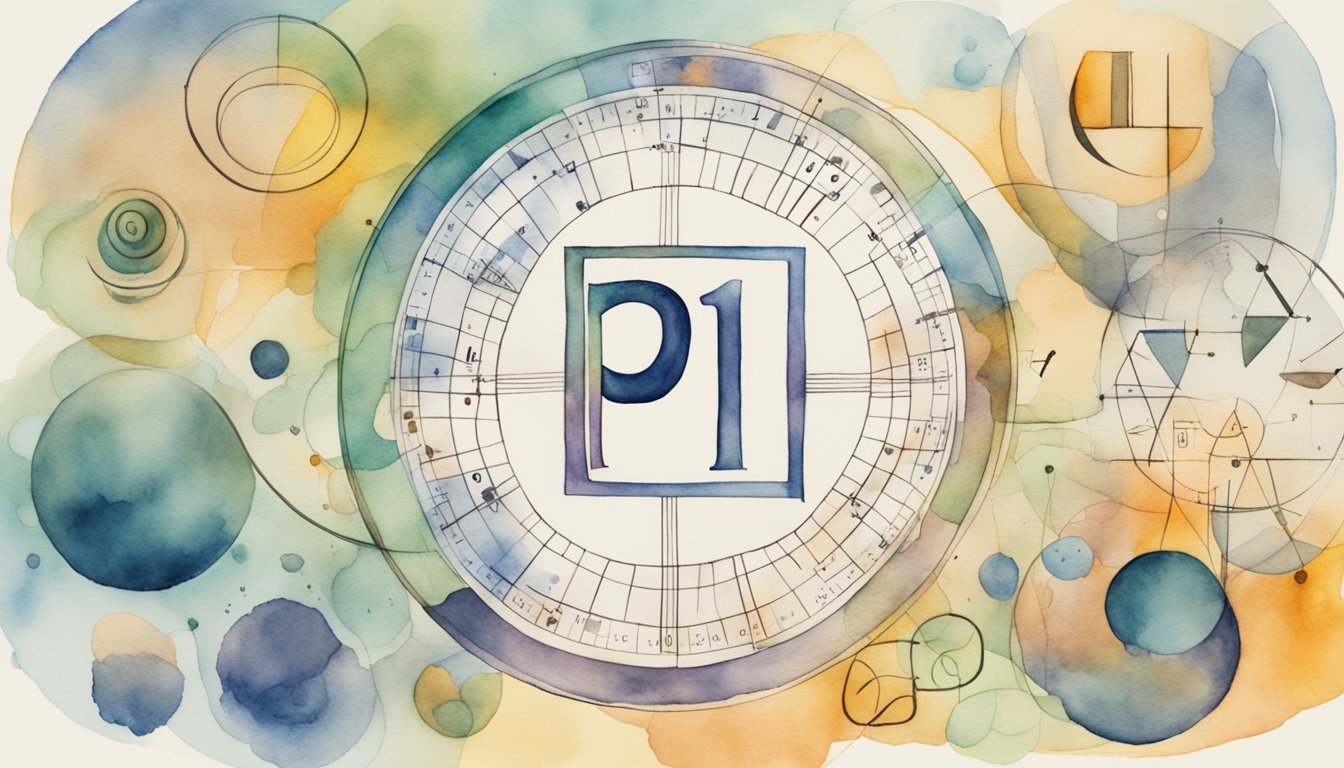Understanding Pi
Historical Context
Pi (π) is a mathematical constant that represents the ratio of a circle’s circumference to its diameter. It has been studied for thousands of years. The ancient Egyptians and Babylonians were among the first to attempt to calculate pi. Evidence of their work can be found in the Rhind Papyrus dating back to around 1650 BCE. The Greeks, including Archimedes, further approximated pi by inscribing and circumscribing polygons around a circle. The Greek symbol (π) we use today to represent pi was first introduced by British mathematician William Jones in 1706 and later popularized by the Swiss mathematician Leonhard Euler.
Mathematical Significance
Pi’s importance in geometry stems from its relationship with circles. Circles are a fundamental geometric shape, and pi appears in various formulas, including the circumference and area of circles. The circumference (C) of a circle can be calculated using the formula C = 2πr, where r is the radius of the circle. Similarly, the area (A) of a circle can be determined using the formula A = πr².
In addition to geometry, pi also plays a significant role in trigonometry. It provides a natural interpretation of angles in radians. Specifically, a full circle is equivalent to 2π radians, with π radians corresponding to 180 degrees. This relationship makes pi indispensable across many branches of mathematics and physics.
Pi is an irrational number, meaning it cannot be expressed as a precise fraction, but approximations like 3.14 or 22/7 are often used. Its decimal form never ends or repeats, creating an infinite sequence of digits.
Computational Developments
Over the centuries, mathematicians have been fascinated by calculating pi to increasing levels of accuracy. Notable figures, such as Isaac Newton and renowned Indian mathematician Srinivasa Ramanujan, have contributed to this pursuit. In the past, methods like Archimedes’ polygon approximation were used. However, as technology advanced, computers enabled us to compute millions, even billions of digits of pi using sophisticated algorithms.
In the realm of number theory, pi was proven to be transcendental by Lambert and later Lindemann. This finding meant that pi is not a root of any non-zero polynomial equation with rational coefficients, further establishing its irrationality.
The fascination with pi continues today; each year, on March 14th, Pi Day is celebrated, paying tribute to the constant that has captivated and intrigued mathematicians throughout history.
Practical Applications of Pi

Geometry and Trigonometry
The number pi (π) plays a crucial role in geometry and trigonometry. It is commonly used to calculate the circumference and area of circles, by using the formulas C = 2πr and A = πr^2, where r represents the circle’s radius. Additionally, pi appears in various equations involving polygons, arcs, and spheres – such as calculating the volume of a sphere with the formula V = 4/3 πr^3.
Pi also contributes significantly to the field of trigonometry. For instance, it defines how angle measures work in radians, a concept that is essential to understanding trigonometric functions like sine, cosine, and tangent.
Physics and Engineering
In the realm of physics and engineering, pi surfaces in various equations and principles. Engineers apply pi while working with circular and spherical objects, like designing gears, calculating fluid flow, or analyzing the vibrations of structures. Physicists rely on pi when examining phenomena, such as waves, oscillations, and even the behavior of subatomic particles.
Pi is also tightly bound with the Euler’s formula, which unites complex numbers, trigonometric functions, and exponentials, forming the foundation for understanding various concepts in electrical engineering and signal processing.
Statistics and Probability
The significance of pi goes beyond the borders of geometry and engineering, extending into statistics and probability. Normal distribution, which is a central concept in statistics, uses π in its probability density function. Furthermore, pi forms an essential part of many statistical methods, such as Gaussian distributions and the central limit theorem – the latter being a cornerstone of statistical inference.
Pi also arises in probability problems, such as the famous Buffon’s needle experiment, which attempts to estimate the value of pi by repeatedly dropping a needle on a floor marked with parallel lines.
In conclusion, pi’s relevance extends to numerous fields and applications, testifying to its importance across various scientific disciplines and its undeniable influence on our understanding of the world around us.

